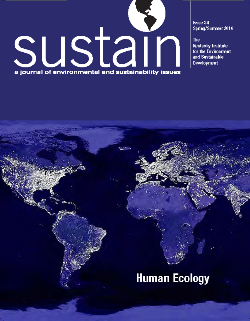| Urbanization and Demographic Change in Kentucky |
|
 |
|
Similar to many states in the U.S., the Commonwealth of Kentucky is undergoing significant demographic shifts. Three of these shifts – increasing urbanization, an aging population, and declining household size – are the subject of this article. These demographic trends have contributed to changes in the natural and built environment, and raise important questions about planning for our future. In what follows, changes in these characteristics over the past two decades are highlighted, and projections of future change are presented. |